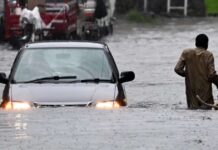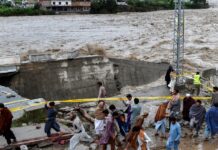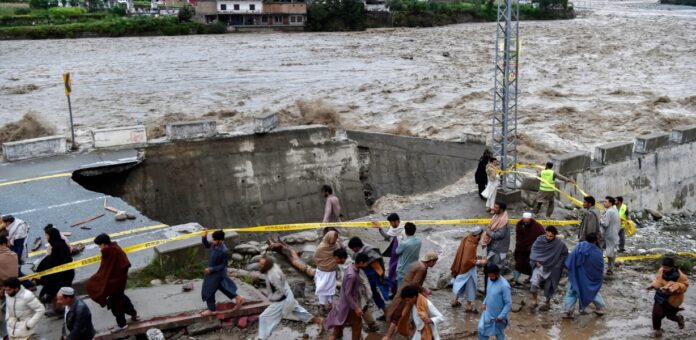Northern Pakistan, famous for its towering mountains, glacier rivers, and summer treks, is visited by a different kind of crisis. Since late June 2025, continuous monsoon rains and increased glacial melt have released flash floods and landslides in Gilgit-Baltistan and Khyber Pakhtunkhwa.
At least 260 were killed, hundreds were injured, and scores of tourists are still missing. While we highly suggest you not visit the areas for tourism purposes at the time, if it seems inevitable, here’s what you should know to remain safe and vigilant.
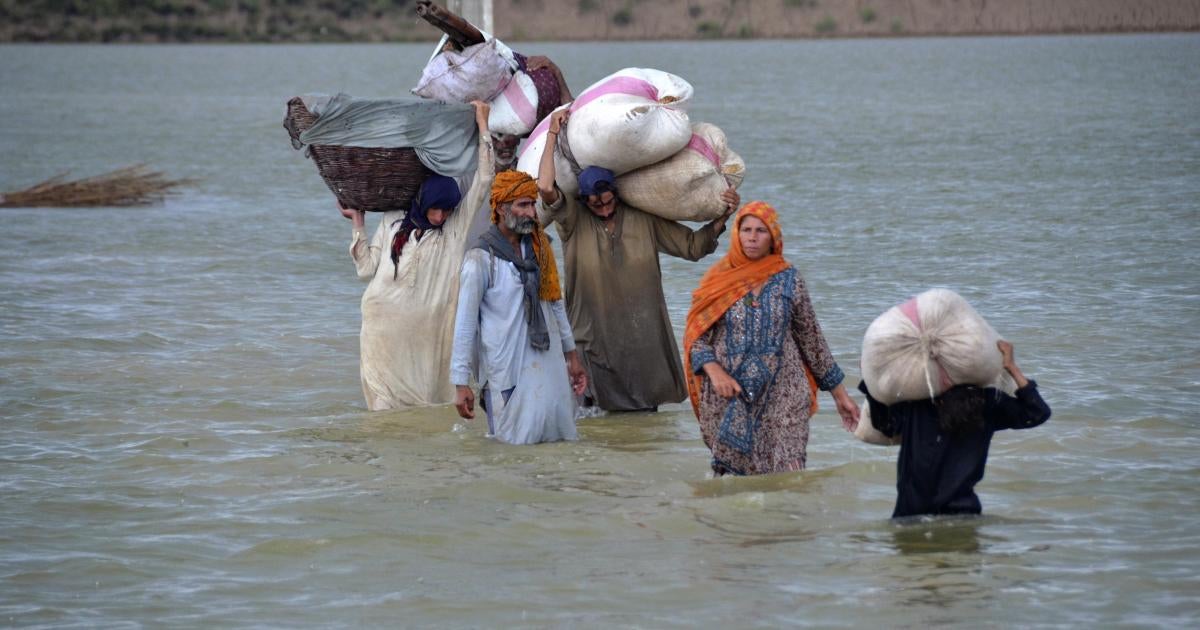
Flash Flood Hotspots: What You Must Avoid
Tourist destinations such as Swat Valley, Chilas, Naran, Babusar Pass, and Fairy Meadows are now unsafe. Cloudbursts caused flash floods that swept away cars and forced roads to be covered with mud and rocks.
The latest flash floods in the Swat River have so far killed at least eight people, most of them picnickers who were tourists, while three tourists lost their lives near Chilas and 15 others are still missing in Diamer District. Infrastructure in all these areas is devastated, making many routes impassable.
The glaciers in Northern Pakistan are melting fast, fueled by record-high temperatures over 48 °C in certain mountain valleys. Its river systems are supplied by an estimated 7,200 glaciers, many creating fragile lakes.
When they burst, they form glacial lake outburst floods (GLOFs) that devastate river valleys downstream. The monsoon this year delivered 82% more rain than in 2024 and accelerated melting that forecasters say could prompt further abrupt floods.
Rescue Realities: Evacuations and Failures
Authorities launched massive rescue operations: army helicopters airlifted more than 300 stranded tourists close to flood-stricken regions, and heavy machinery removed debris from the Karakoram Highway.
Rescuers keep searching for about a dozen tourists assumed buried in mud and rubble. However, bureaucratic delays and dwindling air resources triggered public indignation. In Swat, four district chiefs were suspended, and riverbed encroachment crackdowns were introduced as criticism grew.
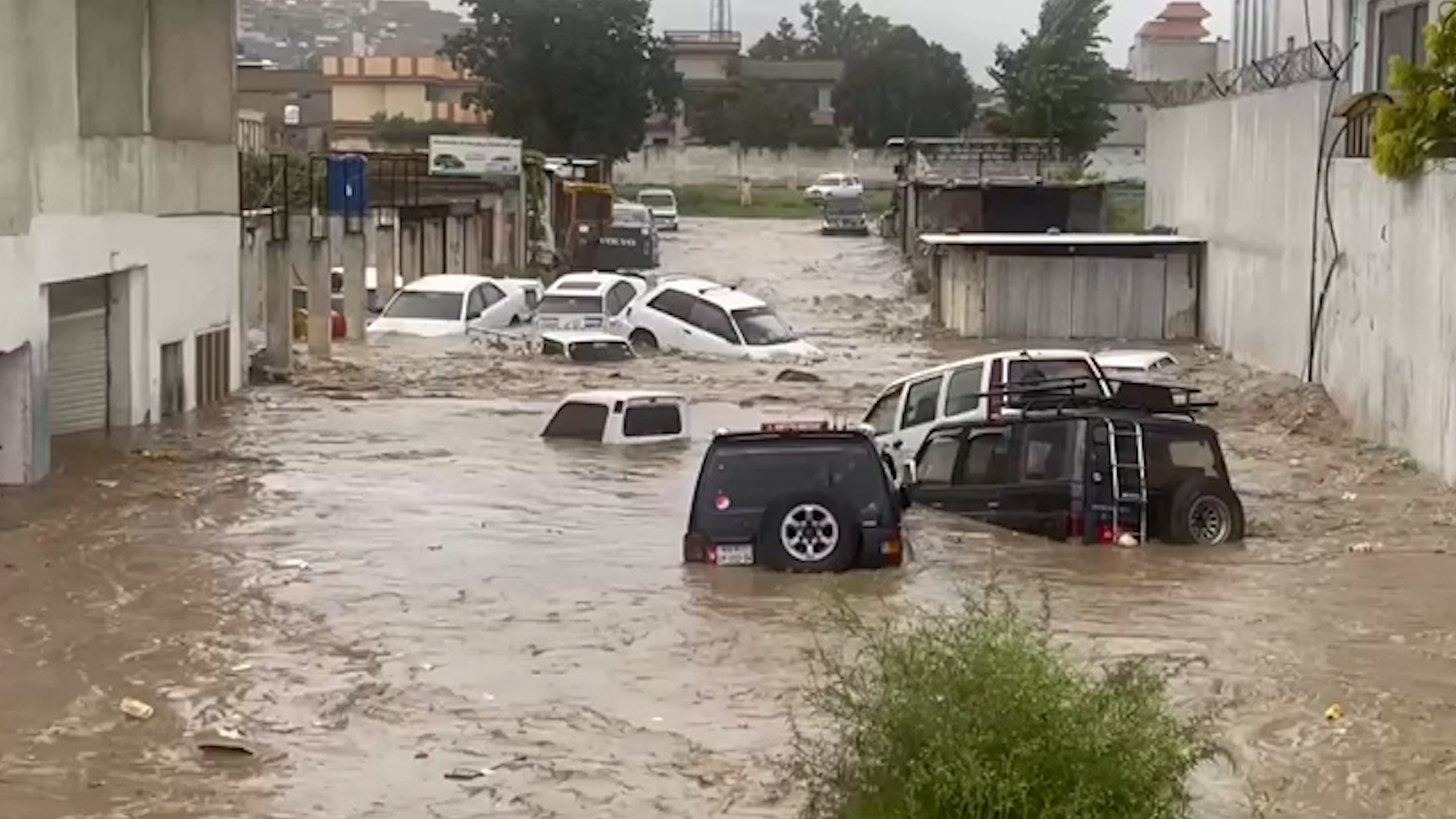
Safety Tip if You Do Go:
- Postpone journeys to Swat, Chilas, Naran, Babusar Pass, and Fairy Meadows until agencies open them up for travel.
- Register your plans beforehand with the local authorities or embassy.
- Check live alert by NDMA and CM Pas dating agencies. The cloudburst and glacial flood alert is still active.
- Stay away from rivers and valleys after any rain, particularly near streams fed by glaciers.
- Pack emergency equipment: first aid, water, food, torch, and portable phone chargers.
- Travel only during the daytime. Steer clear of hiking or camping along flood-risk riverbanks or unstable slopes.
Broader Trends: Pakistan’s Climate Crisis
The crisis is symptomatic of a more profound trend. Since June, the country’s rain and flood-related fatalities in Pakistan have surpassed 250, including damage to power lines, crops, and roads.
Punjab issued a “rain emergency” after 30 fatalities in one district. Experts say Pakistan is now one of the most climate-vulnerable countries despite its negligible contribution to world emissions.
Northern Pakistan is lovely, but unsafe at the moment. Flash floods, cloudbursts, landslides, and glacial lake bursts made a weekend getaway a disaster area. Going there is not only dangerous, but it could be deadly.
The mountains may be calling, but right now, it’s smart to decline the call!
Stay tuned to Brandsynario for latest news and updates



